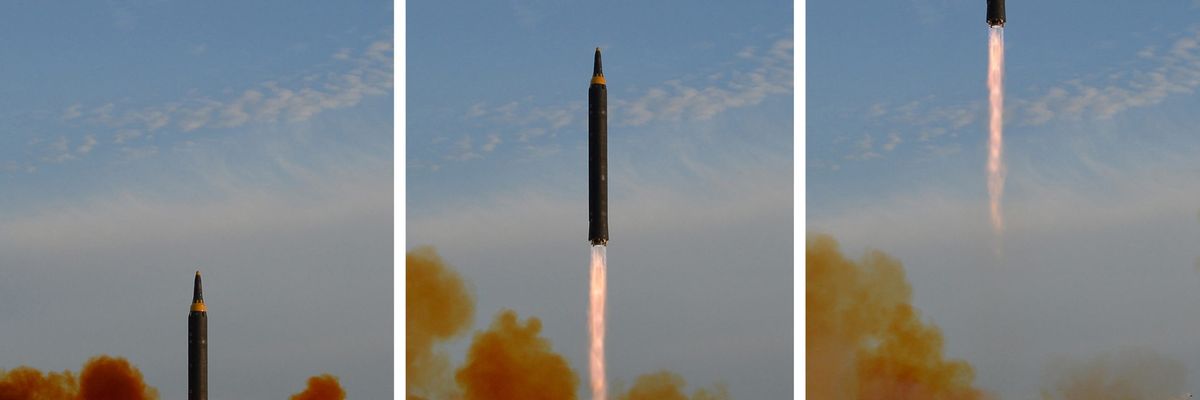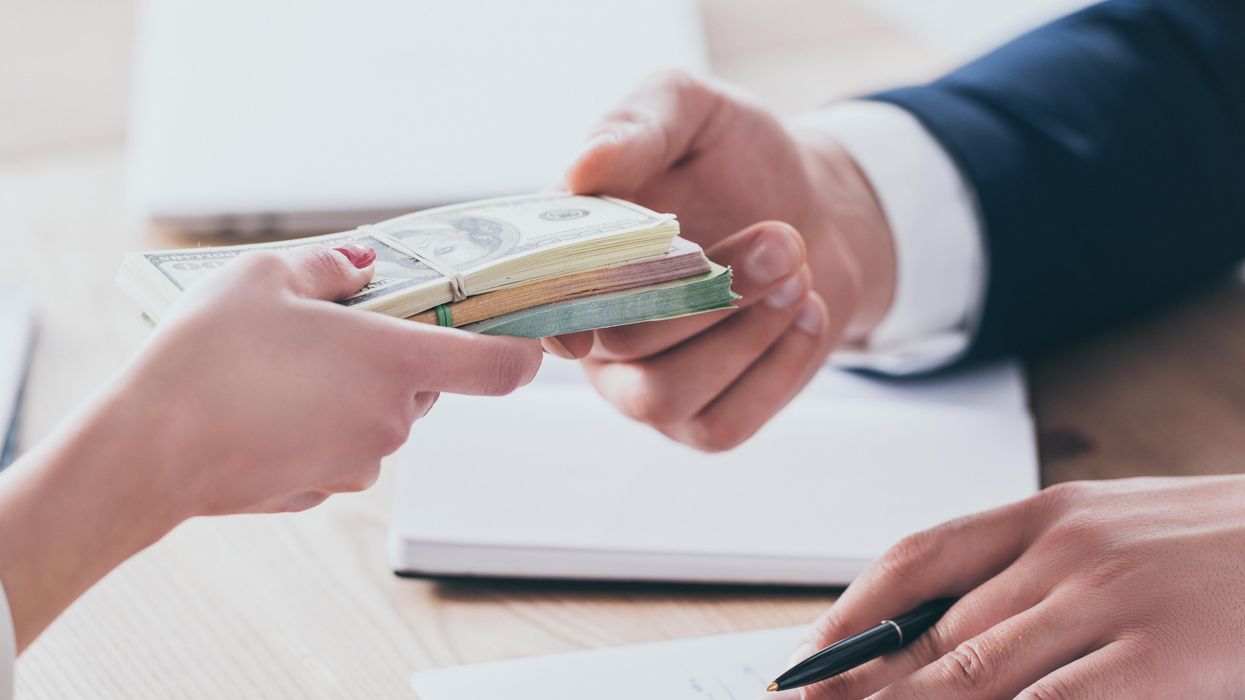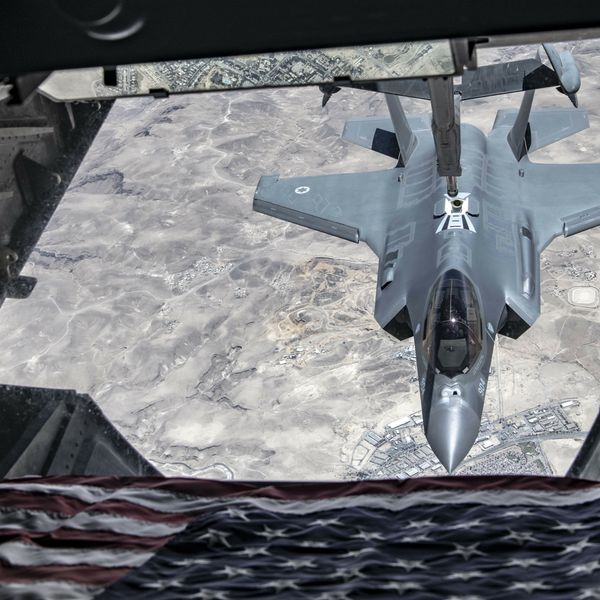If you listen closely and read between the lines of carefully worded interviews, expert podcasts and op-eds that float through the Korea-focused and broader national security expert community here in Washington, you might be able to detect the slightest of shifts when it comes to dealing with North Korea’s growing nuclear weapons program.
While some won’t be explicit or entirely open in their views — especially those angling for top-tier positions in either a second-term Trump or Biden White House — there is now a growing consensus across the political spectrum that Pyongyang’s nuclear weapons are here to stay. Arms control is now all the rage when it comes to North Korea, a phrase many experts would not dare to associate with the hermit kingdom even just a few years ago.
This shift shouldn’t be understated. In fact, the writing on the wall is now clear for anyone who wants to read it, however hard it may be. For decades, the United States has approached North Korea’s nuclear program as if there was a missing magic formula, a proverbial “toolkit” that somehow never had the right screwdriver, or that some set of new “crippling sanctions” would soon compel North Korea to halt nuclear weapons development and surrender its atomic arms.
Sadly, since 2006, North Korea has been and will continue to be a nuclear power, as Pyongyang understands all too well that such weapons guarantee the regime's survival from any external threat — even the mighty U.S. military. They make the idea of any sort of regime change war against North Korea a nonstarter.
While my own personal epiphany on these issues was years in the making, I must admit that my analysis in the past — demanding the full-denuclearization of North Korea or seeing Pyongyang get hit with ever increasing sanctions that only hardened their resolve, clearly the dominant policy prescription among the Korea-expert community — was foolish wishful thinking at best.
Such ideas become even more laughable when one considers the fact that almost all sanctions enforcement must go through China, as 90 percent of North Korea’s exports and almost all of the country's energy imports come via the Middle Kingdom. At its core, America is asking China to underwrite one of its top foreign policy goals, a recipe for failure considering the current state of U.S.-Sino relations and Beijing's poor track record on North Korea sanctions enforcement.
For reasons that should seem plainly obvious, North Korea will never give up its nuclear weapons and can’t be forced into doing so, and for some time now, has made that point clear to anyone who will listen. We simply choose to ignore the facts.
But old ideas — especially those well fermented in the swamp here in Washington over decades — don’t die so easily. In some respects, it's easy to see why so many otherwise smart and sophisticated foreign policy elites won’t stop repeating the siren song of North Korea denuclearization — they likely feel they have no choice. Many of these experts, think tankers, lawyers and consultants were in fact the policymakers in the 1990s and 2000s who crafted acronyms like CVID or FFVD, that represented demands that Pyongyang surrender its atomic arsenal or else. So it's no wonder that those same pundits don’t want to readily see a change in direction, as they would have to admit their own failure, de facto or explicitly.
It is that failure we must come to terms with now, or we will make a bad situation even worse. In the coming days, North Korea will most likely display a solid-fueled long-range ballistic missile, or ICBM, that could have increased range and will also prove Pyongyang’s nuclear forces are truly mobile — and hard to kill in a conflict. If no effort is made to least halt or even slow the qualitative and quantitative advances Pyongyang continues to make, a clear problem will present itself in the coming years: America will be faced with a North Korea that also has submarines armed with nuclear tipped long-range missiles, and additional missiles that can carry multiple nuclear warheads — dangerous technologies it could even sell to the highest bidder, as it has done in the past.
But admitting failure is never easy, and nearly impossible in the highly polarized political environment we live in today.
Thankfully, there is a way out of this conundrum that allows any U.S. president to shift policy on North Korea’s nuclear weapons from nuclear arms elimination to nuclear arms control. The first step is not to admit failure or completely give up on denuclearization, but to invoke one of the most classic of Washington’s political jujitsu strategies: move the goalposts. Washington must correct the central problem with North Korea nuclear policy, to stop demanding Pyongyang fully denuclearize before any concessions can and will be made or made in a substantial and meaningful way. In fact, the guiding principle of U.S. policy should be to transform denuclearization into an aspirational goal, something to strive for after U.S.-North Korea ties are fully normalized.
That one tweak in policy would be revolutionary and would allow the U.S. and North Korea to make dramatic changes in each of their approaches to one another that should dial down tensions dramatically. For example, as a first step, as was proposed during the Hanoi summit early last year, both nations should open liaison offices in each other’s capitals to engender the strongest of possible official communication channels, ending the need for backdoor talks, strange letters between leaders, and other forms of communication that have limited utility over the long haul.
Next, both sides should take up South Korean President Moon Jae-in’s advice and end the Korean War — the original forever war — once and for all. As a treaty would be impossible since U.S. Senate passage could prove difficult, Washington and Pyongyang should sign a simple statement that declares both agree there is no more state of war on the Korean Peninsula, drawing the 70-year-old conflict to a close. This would give each side a clear foreign policy win and a page in history they can leverage, giving them needed political capital to make harder deals in the future.
From here, of course, things will get much harder. Both sides will need to find a formula to lower military tensions on the peninsula that will only grow with every year that passes. These are of course driven in large part by North Korea’s nuclear and missile programs as well as its chemical and biological weapons modernization programs. In response, and in classic security dilemma fashion, the U.S and South Korea are adding more F-35 stealth fighters, missile defense platforms and sophisticated conventional weapons capabilities to help deter any provocative moves by Pyongyang. This creates the foundations of what is surely an under-appreciated arms race fueling a level of instability that should worry all of East Asia.
Of course, before any of these problems can be tackled, Washington must come to grips with the real North Korea problem that is worth solving: admitting in some fashion that the solution we want when it comes to Pyongyang’s nuclear weapons program — its complete elimination — is not realistic. Once we can place such a worthy goal in the realm of the aspirational, profound change can occur. No matter the case, this is the first step that must be made, or sadly, we will only repeat the same cycles of provocation, fruitless talks, and even deadlier weapons being deployed on the Korean Peninsula for many years to come.
















